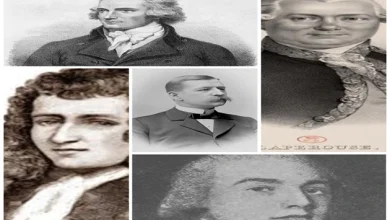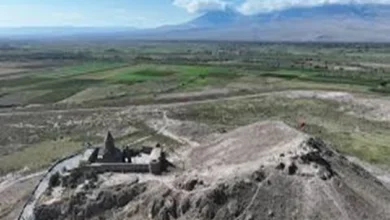Dighton Rock: what ancient mystery is hidden under strange petroglyphs that have taken three centuries to decipher?
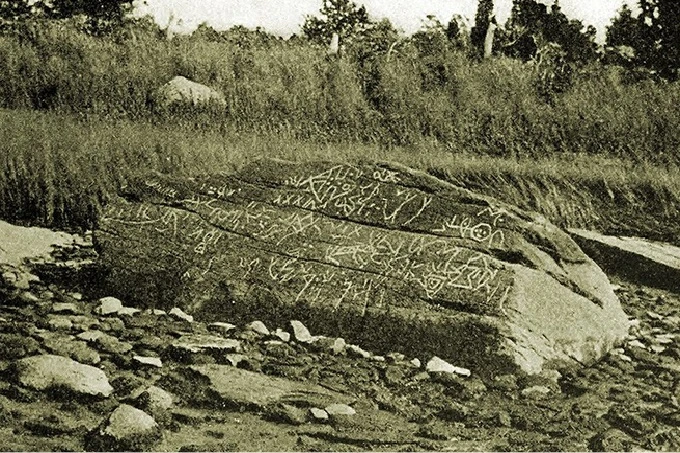
In the town of Berkeley, which is located in the state of Massachusetts, there is a small museum that can be found on the banks of the Taunton River. This museum is partly well-known because it houses just a single exhibit, but what a! This is a massive boulder that weighs forty tons. He was pulled out of the water and brought to this location. This stone has been the object of eternal wonder and amazement from archaeologists and historians throughout history. It is covered with mysterious inscriptions that scientists have not been able to decipher for more than three centuries. The thing is that it is covered with mysterious inscriptions. What does the cryptic message mean that has been etched on the aged reddish-brown sandstone that makes up its facade?
The boulder located on the Dighton Rock
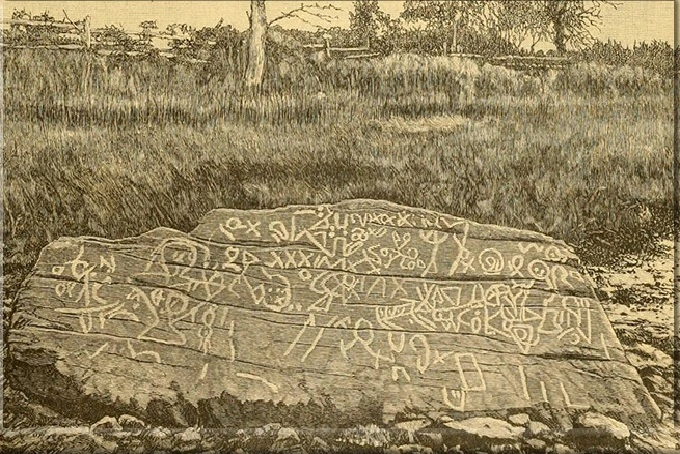
Since the 17th century, the mystery surrounding this stone has kept scientists on the cutting edge of their fields. It wasn’t until the 20th century that it was removed from the river’s mouth and moved to the shore, where it now serves as the centrepiece of a museum. The city of The Dighton Rock, which was located in this area at one time, inspired the naming of the boulder. For more than three centuries, experts have been baffled by the illegible petroglyphs that are etched into the stone’s surface. They are primarily composed of lines that are straight and shapes that are geometric. There are also pictures of various persons in that location. These inscriptions are comparable to simple rock art or random scribbles on the rock. The researchers are sure that these petroglyphs hide some important and top-secret messages.
The height of the Dighton Rock is roughly one and a half meters, its width is three meters, and its length is almost four meters. The side that contains the enigmatic writing is slanted, and it was once oriented towards the water so that it could be read easily by any vessel that came into view from a distance. Therefore, specialists were under the impression that the message was intended for travelling sailors for a significant amount of time.
The year 1680 is when The Dighton Rock is mentioned for the first time. An English colonist named Reverend John Danforth produced a drawing of some petroglyphs during this time. This picture can be seen today in the British Museum in London. However, for some reason, Danforth’s drawing is inconsistent with other reports about the stone that were made around the same time. Reverend Cotton Mather wrote a book titled “The Wonderful Works of God Commemorated “in 1690, and in that book, he described the mysterious boulder entirely differently. Why is it the case? Finding out at this point is nearly impossible.
Several theories

Whoever carved the illegible message into the rock should be held accountable. And what exactly is the message trying to convey? From the time of Cotton Mather right up until the present day, there has never been a shortage of extraordinarily creative interpretations. In 1781, Count Antoine Court de Gebelin, who was located in Paris, declared that he had found the solution to the mystery. He claimed that sailors from Carthage had visited this location and carved inscriptions into the stone to remember their time here. A short while later, a scholar from Harvard University named Samuel Harris Jr. announced that he had successfully deciphered three Hebrew words written in Phoenician letters on the rock’s surface. These words were “king,” “priest,” and “idol.”
Ira Hill, a schoolteacher from Maryland, came to a conclusion in the year 1831 that the inscription on the rock was made during the second month of the tenth year of King Solomon’s reign by an expedition of Tyrians and Jews similar to the one described in the Old Testament, I Kings 9:
In addition, King Solomon established a fleet of ships at Eziongeber… And Hiram dispatched his servants into the navy along with the servants of Solomon. These servants were shipmen who had experience at sea. Then they travelled to Ophir, where they extracted 420 talents of gold from the mines there and brought it to King Solomon.
Hill firmly believed that the rock carvings detailed the journey from the eastern Mediterranean through the Pillars of Hercules, past the Canary Islands and across the Atlantic to Assonet Neck. This theory is indirectly supported by some facts.
Dighton Rock is definitely not a modern fake. It has traces of vandalism from different times. The lines are accurately carved by a human hand and are not just out of nothing to do. After all, then this is the most time-consuming scribble in the history of humanity. Even with a modern steel cutter, it would take many hours, if not days, to engrave this text. In addition, the stone was partially submerged in water, so the scribe had to stand knee-deep or waist-deep in salt water all the time. More convenient stones were available for occasional designs.
Perhaps Vikings?
The Danish scientist Carl Christian Rafn published the stone-related theory that has proven to be the most influential over time in 1837. Rafn devoted a significant portion of his life to studying Icelandic manuscripts that detailed the early expeditions of Vikings to the western lands. He unearthed the story of old Leif the Lucky and his journey to three regions in North America called Helluland, Markland, and Vinland in the year 1000 AD. These regions are now known as Helluland, Markland, and Vinland. The story of Thorfinn Karlsefni, who seven years later sailed even further south along the North American coast to a place called Hop, was one of the tales that Rafn happened upon by accident. According to the findings of the Danish archaeologist, it was he who was responsible for leaving this puzzling message. After all, there is already a significant amount of evidence suggesting that ancient Vikings travelled to this world region and settled here.
The findings of Rafn’s research sparked outrage on a global scale. The pre-Columbian history of the Americas is well known and respected worldwide. Everything made sense; for example, if Hop is Dighton Rock, then Helluland, Markland, and Vinland must be Newfoundland, Nova Scotia, and Cape Cod or Nantucket.
The Viking theory was completely debunked in 1916 by the late Professor Edmund B. Delabarre of Brown University. Delabarre, a psychologist and literary detective, bought a summer house near Dighton Rock in 1912. The professor devoted all subsequent years of his life to studying his great history. The most modern knowledge about the stone is based directly on its research. Examining Rafn’s interpretation of the text, Delabarre found glaring inconsistencies. The actual sketches of the text did not at all coincide with what Rafn wrote. He added many symbols to fit the message of his theory. With this revelation, the view of Viking involvement in the inscriptions on the mysterious boulder collapsed.
Delabarre theory
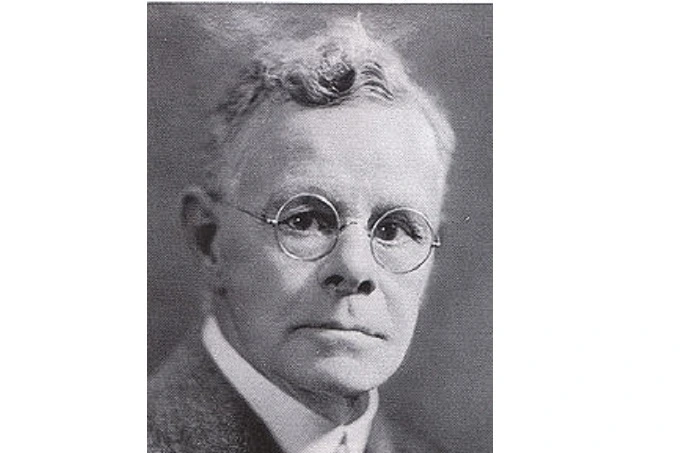
While studying the inscriptions, Delabarre found the name “Miguel Corte Real” there, and the date 1511 scrawled among the lines and marks. The professor stated that this text contained a message in Latin in the Portuguese style. According to his theory, the inscription reads: “I, Miguel Corte-Real, 1511. In this place, by the will of the Lord, I became the leader of the Indians.
It is a well-known historical fact that Miguel Corte Real was a Portuguese explorer who left Lisbon in the year 1502 to look for his brother Gaspar, who had been reported missing in this region a few years prior. The expedition arrived at the location where Gaspar had first set foot. The crews of the three ships split up and went in separate directions. Two of the three teams came back at the specified time, but Miguel’s group, which was in charge of the third team, did not.
Delabarre suggested that Miguel Corte Real reached Mount Hope Bay in 1502 and sent men ashore near Dighton Rock. Perhaps there was some trouble. It could be a shipwreck or a battle with the local Indians. The Wampanoag tribe lived there. It is also possible that Miguel, due to the ship’s sinking, joined the tribe and lived here, expecting that someday a ship from his native country would appear on the horizon. When more than ten years had passed and hope was almost extinguished, he inscribed this message on a stone so that it could be seen from the sea.
This theory also found someone to criticize. Other versions attribute these drawings to the Phoenicians and the Chinese, who arrived in America before Columbus. Dighton Rock continues to excite the minds of scientists today. It attracts many tourists to Dighton Rock State Park, which was founded in 1955.


